The Galapagos Islands are a destination that has long captured the imagination of travelers from around the world. Known for their unique wildlife, pristine beaches, and stunning natural landscapes, the islands are a paradise for those seeking adventure and exploration. One of the most appealing aspects of Galapagos is its incredible photo opportunities. From the abundant wildlife to the dramatic volcanic landscapes, Galapagos offers photographers of all levels a chance to capture some truly stunning shots.
Whether you’re a professional photographer or simply someone who enjoys snapping photos on your travels, Galapagos is a destination that is sure to inspire and delight you. In this article, we’ll explore seven of the most stunning places to take photos in Galapagos, each offering a unique and unforgettable experience. So pack your camera gear and get ready to capture some incredible memories on this once-in-a-lifetime adventure.
1. Tortuga Bay
Tortuga Bay is a beautiful white sand beach located on Santa Cruz Island. It is an excellent place to capture photos of the abundant wildlife that calls the area home, including marine iguanas, sea turtles, and various bird species. In addition to the wildlife, the beach itself offers a picturesque backdrop, with clear turquoise waters and soft white sand.
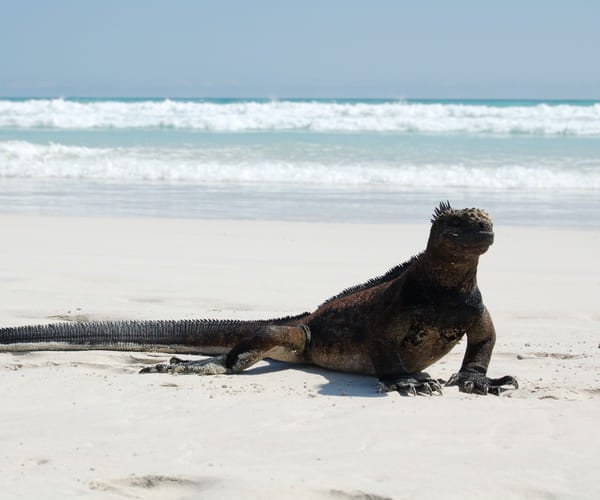
2. Kicker Rock
Kicker Rock, also known as Leon Dormido, is a striking rock formation that rises out of the ocean off the coast of San Cristobal Island. The rock is a popular spot for snorkeling and diving, and it offers excellent opportunities for underwater photography. You can capture photos of a variety of marine life, including hammerhead sharks, sea turtles, and colorful fish, as well as the unique rock formations themselves.
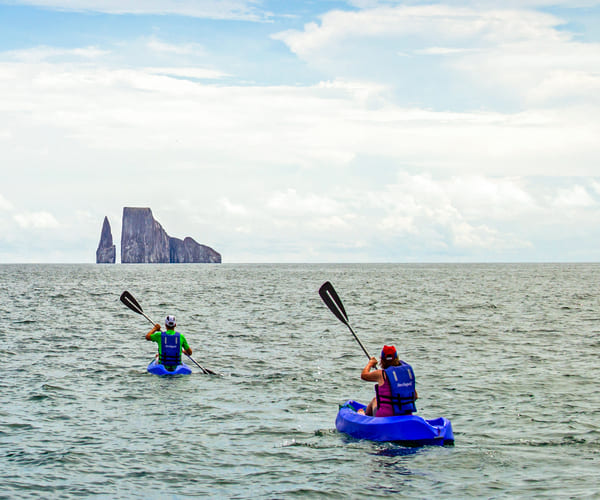
3. Tintoreras
Las Tintoreras is a small islet located near Puerto Villamil on Isabela Island. The islet is known for its impressive lava formations and crystal-clear waters that are home to a variety of marine life. Visitors can capture photos of sea lions lounging on the rocks, marine iguanas basking in the sun, and white-tipped reef sharks swimming in the shallow waters.
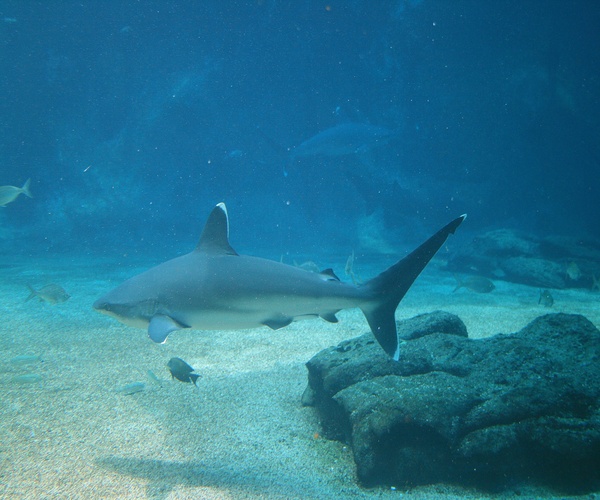
4. Sierra Negra Volcano
The Sierra Negra Volcano, located on Isabela Island, is one of the most active volcanoes in Galapagos. Its vast caldera offers breathtaking panoramic views of the surrounding landscape, making it an ideal spot for landscape photography. You can capture photos of the volcano’s otherworldly terrain, with its black lava fields and unique rock formations. The volcano is also a great spot for hiking, and you can capture photos of the stunning vistas along the way.
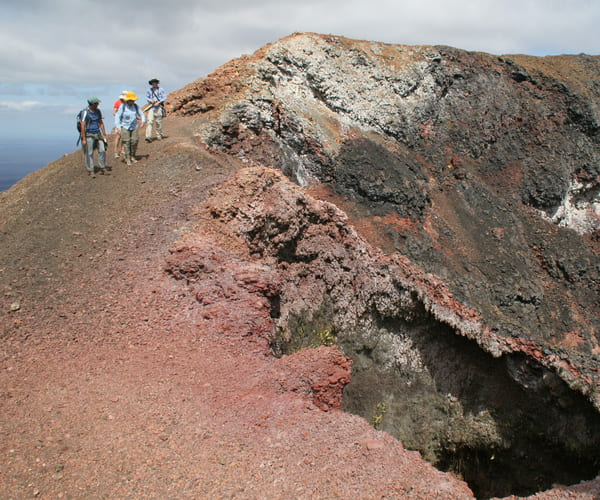
5. Darwin Bay
Darwin Bay, located on Genovesa Island, is a beautiful white sand beach surrounded by towering cliffs. The beach is home to a variety of bird species, including frigatebirds, red-footed boobies, and Nazca boobies, making it an ideal spot for bird photography. You can capture photos of the birds in flight or perched on the cliffs, as well as the picturesque beach and surrounding landscape.
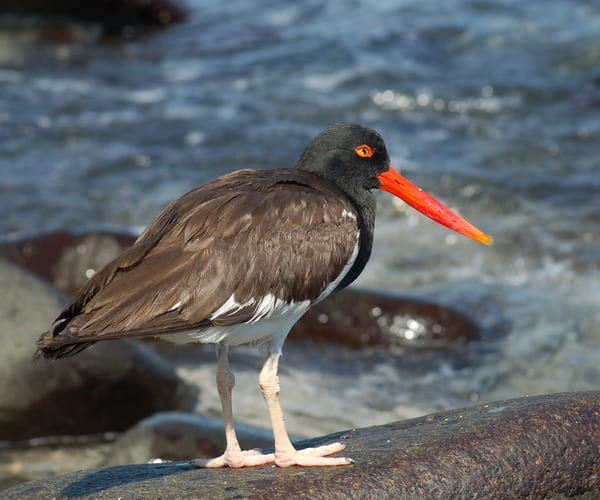
IMPORTANT NOTICE:
If you are reading this article anywhere other than on A Luxury Travel Blog, then the chances are that this content has been stolen without permission.
Please make a note of the web address above and contact A Luxury Travel Blog to advise them of this issue.
Thank you for your help in combatting content theft.
6. Punta Espinoza
Punta Espinoza, located on Fernandina Island, is a unique landscape that offers a variety of photo opportunities. The area is known for its stark black lava formations, which provide a striking contrast to the turquoise waters of the ocean. The area is also home to a variety of wildlife, including marine iguanas, sea lions, and Galapagos penguins. You can capture photos of the wildlife against the dramatic backdrop of the lava formations, as well as the unique flora and fauna of the island.
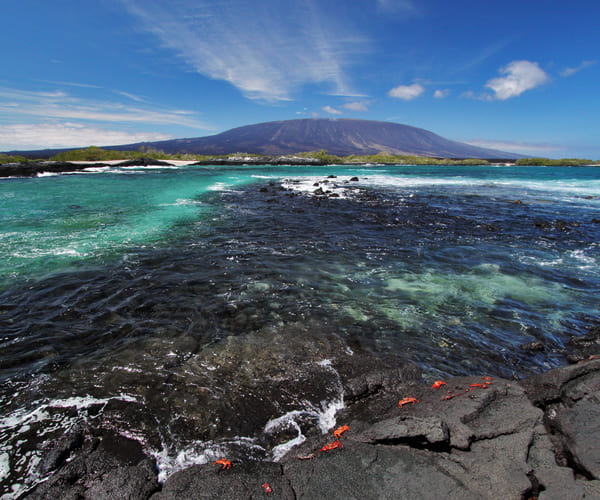
7. Tuneles
Los Tuneles, also known as the Tunnels, is a series of lava tunnels located off the coast of Isabela Island. The area is known for its crystal-clear waters and abundant marine life, including sea turtles, manta rays, and a variety of fish. Visitors can take a tour through the tunnels and capture photos of the unique formations, which were created by flowing lava. The area also offers opportunities for snorkeling and diving, where you can capture photos of the diverse marine life and the tunnels themselves. The shallow waters and calm conditions make it an ideal spot for both amateur and professional photographers.
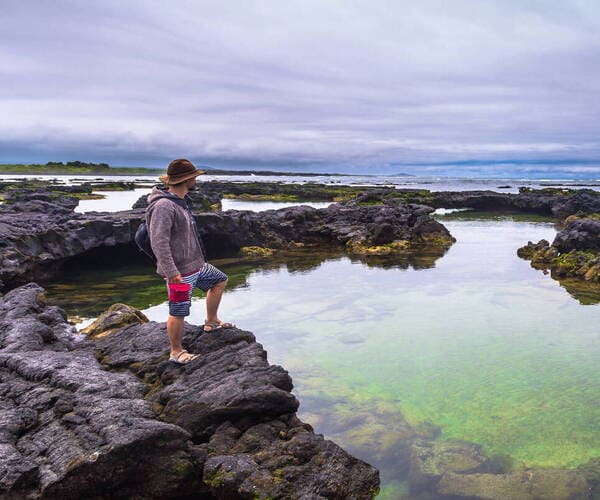
In conclusion, the Galapagos Islands offer an incredible opportunity for photographers to capture some of the most stunning and unique shots in the world. From the majestic Galapagos tortoise to the playful sea lions, the islands are home to an abundance of wildlife that is sure to inspire and amaze. The dramatic volcanic landscapes, crystal-clear waters, and pristine beaches provide a breathtaking backdrop for any photo.
Whether you’re an amateur photographer or a seasoned professional, Galapagos is a destination that should be on your bucket list. We hope that this article has provided you with some inspiration and guidance for your own photographic journey to Galapagos. So pack your camera gear and embark on an adventure that is sure to leave you with memories to last a lifetime.
Carlos Beate is the Commercial Manager at Andando Tours. Andando Tours offers exclusive traveling experiences, specializing in sailing around the Galapagos Islands and overland along the magnificent Avenue of Volcanoes on the Ecuadorian Andes.
If you would like to be a guest blogger on A Luxury Travel Blog in order to raise your profile, please contact us.


